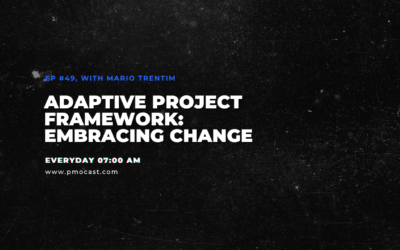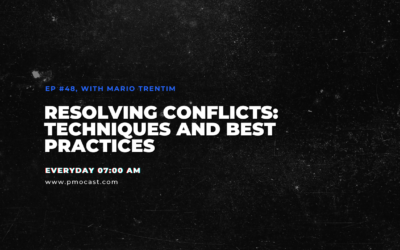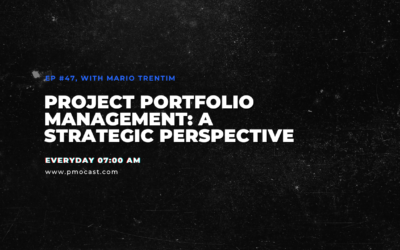Welcome to a comprehensive exploration of Project Risk Management, a crucial aspect of effective project execution. In this article, we’ll delve into how you can navigate uncertainties and ensure the success of your projects, even amidst unexpected challenges.
Understanding Project Risk
Our exploration of project risk management draws primarily from the PMBOK® Guide – the Project Management Body of Knowledge. A creation of the Project Management Institute, this guide serves as an invaluable resource for project managers globally. It defines project risk as “an uncertain event or condition that, if it occurs, has a positive or negative effect on a project’s objectives” (PMI, 2017).
Risk, by nature, is characterized by uncertainty. It is essential to remember that risks are not inherently negative – they can also present opportunities, a facet often overlooked. To manage risks effectively, we traverse through three principal stages: Risk Identification, Risk Assessment, and Risk Mitigation.
The Stages of Project Risk Management
1. Risk Identification: The first step involves pinpointing potential issues that could impact our project. These risks could range from personnel-related matters such as a key team member falling ill, to equipment malfunction, or even large-scale global events like a pandemic. A robust risk identification process benefits from insights gleaned from past projects and team brainstorming sessions.
2. Risk Assessment: Once we’ve identified our risks, we proceed to evaluate the likelihood of each risk and the potential impact it could exert on our project. Project managers often employ a risk matrix in this stage, a tool that assists in risk prioritization and helps focus on the most significant threats.
3. Risk Mitigation: The final step in risk management involves strategizing how we’ll respond to risks should they occur. At times, this could mean devising a Plan B or Plan C. Alternatively, it might involve taking preemptive measures to decrease the likelihood of a risk.
Putting Theory into Practice: Case Studies
To illustrate these concepts, let’s consider two real-world examples.
The construction of the Sydney Opera House provides a classic example of risk management oversight. Initially, the project was slated for completion in four years with a budget of $7 million. However, it eventually stretched across 14 years, costing $102 million (Molloy, 2007). The substantial cost overrun and time delay can be attributed to several factors, chiefly the failure to manage the risk associated with an innovative design and construction project.
In stark contrast, the construction of The Shard in London showcases effective risk management. Despite its ambitious nature and complex design, the project was successfully completed on time and within budget. This accomplishment was largely due to meticulous risk management, including detailed risk assessments and contingency plans (dezeen, 2012).
The Art and Science of Project Risk Management
Project risk management is an expansive and complex topic. However, it fundamentally revolves around anticipation and preparation. By staying ready for risks, you’re better equipped to steer them successfully, paving the way for your project’s successful conclusion.
Remember, project management is as much an art as it is a science, and you, as a project manager, are the artist. Stay efficient, stay inspired, and continue to cultivate your skills in navigating project risks.
Further Readings:




0 Comments